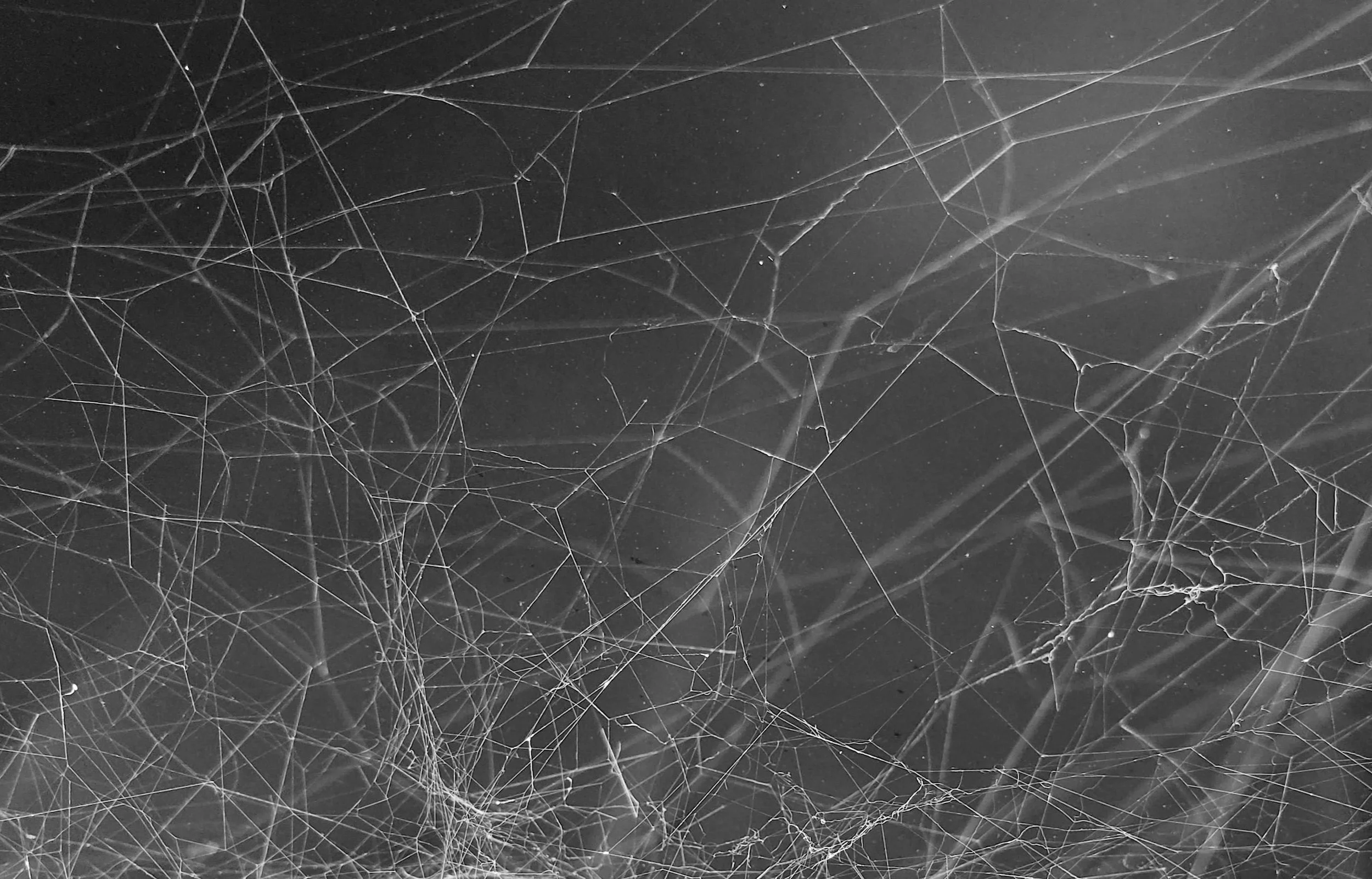What is Myofascial Release?
What is Myofascial Release? Here, I’ll explain and break it down for you! Myofascial release is a manual massage modality that focuses on the fascial structures, as opposed to the musculature, to reduce tension in the body.
Myofascial Release is a very profound technique that is done very slowly and with a gentle subtle pressure. How slow? Most therapists hold each position for a minimum of 2 minutes, up to 5 minutes, to get the appropriate release in the tissues that have issues. How subtle are the holds? Let's find out!
Here’s an experiment to do some self myofascial release on your forearm.
Place the palm of your right hand on the top part of your forearm, about halfway between your wrist and elbow, fingers of your right hand pointing towards the elbow.
Apply just enough forward force to stretch the skin under your hand towards your left elbow. You will want to apply almost NO downward pressure.
Now, let’s hold that for about 60 seconds. Some skin sliding is totally normal, especially if you use lotion for dry skin.
Release the stretch and move your left hand around. Does it feel different? More open?
Personally, this is one of my favorite modalities to receive. I find that it allows for a very wonderful sense of embodiment, deeper tissue release(without the deeper pressure), and a wonderful sense of calm that you can carry through your life.
So, now that we’ve looked at how it feels, let's look at how it works!
What is Fascia?
What is fascia? Fascia is a spider web-like connective tissue that surrounds every muscle fiber, organ, bone, and blood vessel in the body. It even surrounds the brain! New research is underway showing just how much this wonderful tissue does. Fascia houses a ton of nerves, a lot of them help to determine where your body is in space, some research is suggesting that the fascial structures in your body are more sensitive than your skin!
How does Fascia get tight?
How does fascia get tight? Most often, from lack of movement. We are these amazingly intricate creatures that are meant to move often but, our modern society doesn’t allow for that most of the time. Fascia can also get tight from dehydration, lack of rest, stress, and just not generally taking care of our bodies.
What can be done about tight fascia?
What can be done about tight fascia? The obvious answer is coming in for an appointment! But, outside of that, my top 3 favorite tools for unwinding fascia are:
Yin yoga
Drinking water
Moving around
Yin Yoga - One of the amazing things about Yin Yoga, a type of yoga I really enjoy teaching, is that it hones in on those deep fascial structures and provides you a way to release them in a very embodied way.
Drinking Water - Water is the liquid of life! Our entire body functions significantly better when we are at a good state of hydration.
Moving Around - Our bodies need movement! If you spend your work day at a desk, get up and walk around every hour for about 5 minutes. Try it for a week and you’ll be surprised at how great your body feels comparatively.
Want to experience the wonders of Myofascial Release for yourself? Book an appointment with me today!


